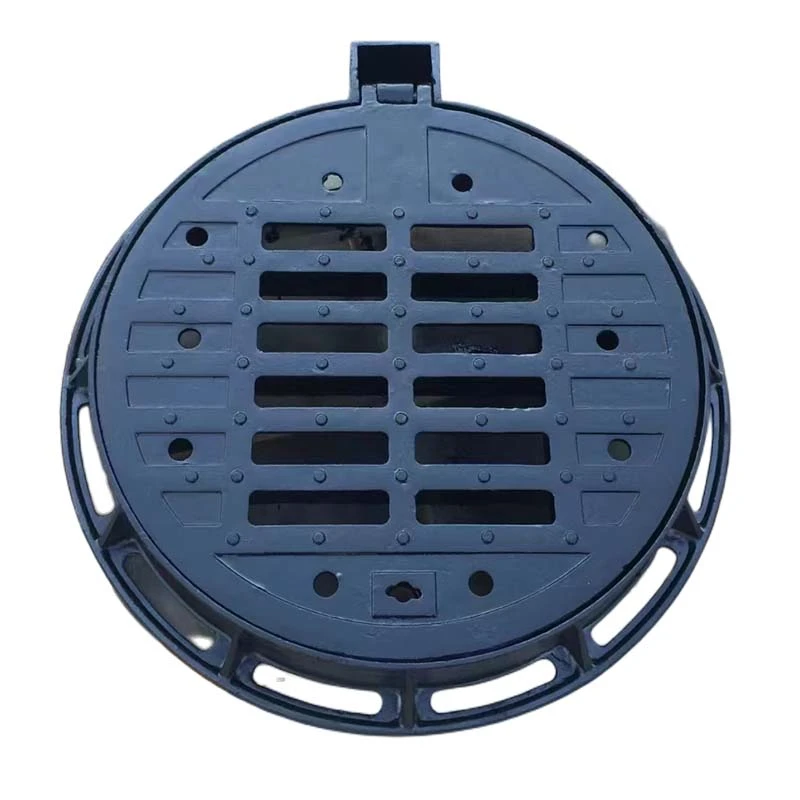Exploring the Urban Landscape Through Innovative Subway Grating Designs and Their Impact
The Art and Functionality of Subway Grating
Subway systems are the veins of modern urban life, essential for commuting millions of individuals daily. Underneath this bustling network lies an often overlooked but critical feature the subway grating. While most people may not pay close attention to the grating beneath their feet, it serves several vital functions that contribute to the overall efficiency and safety of subway operations.
Firstly, subway grating plays a significant role in drainage. Subways are typically located underground, making them susceptible to water accumulation from various sources, including rainfall, flooding, or even the operational water from trains. A well-designed grating system ensures that water does not pool on the platforms or tracks, which can create hazardous conditions for passengers and train operations. The grating allows for the quick and efficient drainage of water, ensuring that both passengers and trains can move safely and smoothly.
In addition to drainage, subway gratings are instrumental in ventilation. The subterranean environment of a subway can become hot and humid, especially during peak commuting hours when trains run frequently. Ventilation grates help facilitate airflow, ensuring that the air quality remains suitable for passengers waiting on platforms. This system mitigates the buildup of heat and allows for fresher air to circulate, enhancing the overall commuting experience.
The design of subway grating is also key to pedestrian safety. Grates are often made from durable materials such as steel or aluminum, designed to withstand heavy foot traffic and the weight of maintenance equipment. The grating's design includes features that prevent slips and falls, with textured surfaces that provide grip underfoot. The pattern and spacing of the grates are meticulously planned to ensure they can support transit systems' intense demands while providing adequate stability for commuters.
subway grating

Some subway systems have taken this functionality a step further by incorporating aesthetic elements into their grating designs. In cities such as New York and Tokyo, grates can feature artistic designs or patterns that reflect the local culture or history. This blend of art and functionality not only enhances the visual appeal of subway stations but also contributes to a sense of place and community. These artistic gratings become part of the urban landscape, adding character while still serving their essential purpose.
Moreover, subway grating must comply with strict safety and maintenance regulations. Operators must regularly inspect and maintain grating systems to prevent deterioration or failure, which could lead to accidents. This includes routine checks for corrosion, structural integrity, and functionality of drainage systems. With the increasing emphasis on public safety, materials used for subway grating are often chosen for their resilience against wear and tear.
Lastly, in an age of advancing technology, there is a growing trend to integrate smart technologies within subway grating systems. For example, some metropolitan areas are exploring the use of sensors embedded in grates to monitor water levels or detect structural issues in real-time. This innovation not only improves safety but can also streamline maintenance processes, ensuring that issues are addressed proactively rather than reactively.
In conclusion, subway grating is a quintessential yet frequently overlooked aspect of urban transit systems. Its multifunctionality—providing drainage, ventilation, safety, and aesthetic value—plays an indispensable role in the overall efficiency and safety of subway operations. As cities continue to innovate and expand their transit systems, the importance of intelligent design and maintenance of subway grating will only grow, ensuring that it remains a vital component of the urban infrastructure that supports daily life. Whether seen as a simple functional element or a canvas for artistic expression, subway grating undeniably contributes to the dynamic and vibrant nature of city living.
-
The Smarter Choice for Pedestrian AreasNewsJun.30,2025
-
The Gold Standard in Round Drain CoversNewsJun.30,2025
-
The Gold Standard in Manhole Cover SystemsNewsJun.30,2025
-
Superior Drainage Solutions with Premium Gully GratesNewsJun.30,2025
-
Superior Drainage Solutions for Global InfrastructureNewsJun.30,2025
-
Square Manhole Solutions for Modern InfrastructureNewsJun.30,2025
-
Premium Manhole Covers for Modern InfrastructureNewsJun.30,2025
